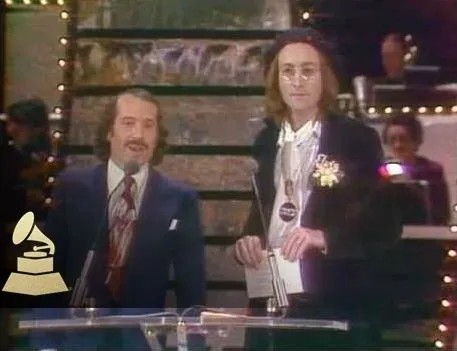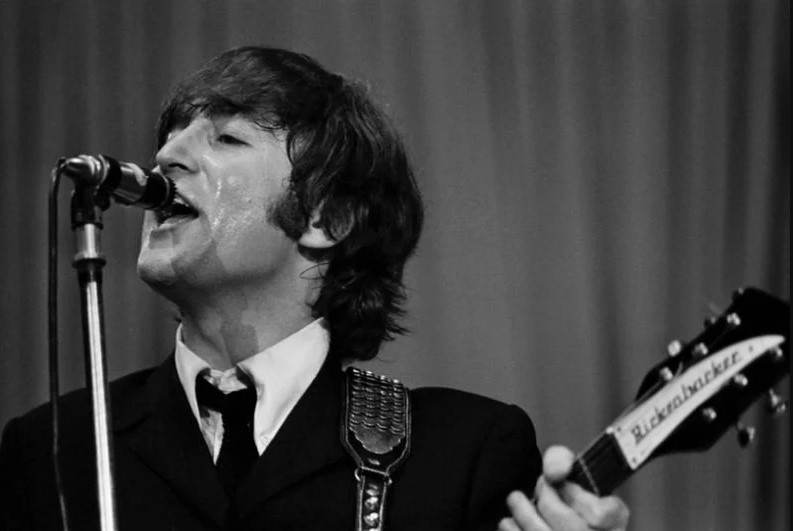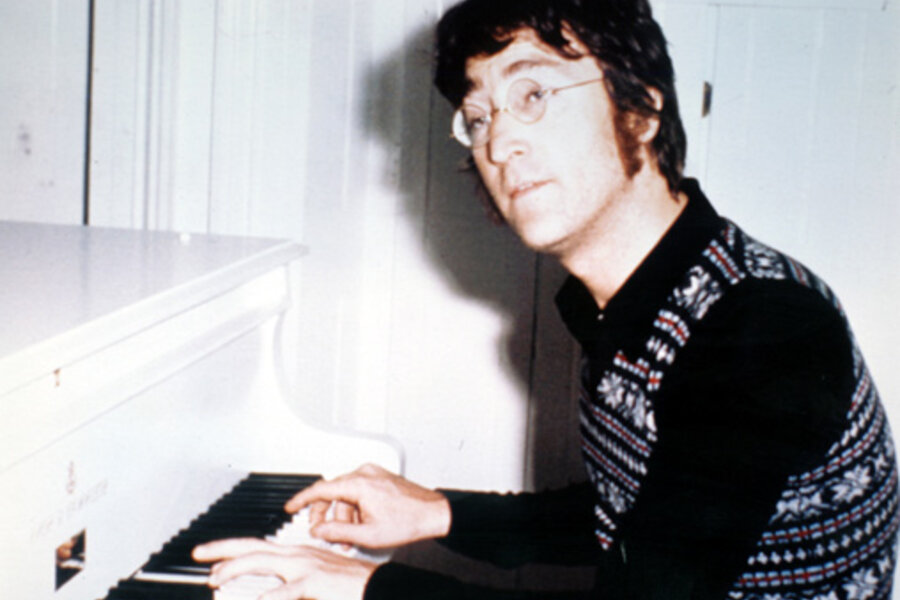The year 1969 was a pivotal time for John Lennon, both personally and professionally. It marked a period of significant transition as he embarked on his solo career following the dissolution of The Beatles. One of the defining moments of this era was Lennon's performance with the Plastic Ono Band at the Toronto Rock and Roll Revival festival. This historic event not only showcased Lennon's raw talent and artistic vision but also symbolized a new chapter in his musical journey.
(Scroll down for more video and photos)
The Toronto Rock and Roll Revival festival took place on September 13, 1969, at the Varsity Stadium in Toronto, Canada. Organized by promoter John Brower, the festival aimed to celebrate the roots of rock 'n' roll while featuring a lineup of both established and up-and-coming artists. It was a gathering of musicians and fans alike, drawn together by their shared love of music and the rebellious spirit of rock 'n' roll.

For John Lennon, the Toronto Rock and Roll Revival presented an opportunity to step out of the shadow of The Beatles and assert his identity as a solo artist. Despite initial hesitation, Lennon was persuaded to perform by Yoko Ono, his creative and life partner. The decision was met with both excitement and skepticism from fans and critics alike, who were eager to see how Lennon would fare without the backing of his legendary band.
To accompany him for the performance, Lennon assembled the Plastic Ono Band, a group of musicians who shared his vision for experimentation and artistic freedom. The lineup included Yoko Ono, Eric Clapton on guitar, Klaus Voormann on bass, and Alan White on drums. Each member brought their own unique style and sensibility to the group, contributing to the eclectic and dynamic sound of the Plastic Ono Band.

As Lennon took the stage at the Toronto Rock and Roll Revival, the anticipation among the audience was palpable. Dressed in all-white attire, Lennon exuded a sense of confidence and vulnerability as he launched into the opening chords of "Blue Suede Shoes," a classic rock 'n' roll number. From the moment he began to sing, it was clear that this was not just another concert; it was a cathartic expression of Lennon's innermost thoughts and emotions.
Throughout the performance, Lennon and the Plastic Ono Band delivered a setlist that spanned his solo material, as well as a selection of covers and improvised jams. Tracks like "Money (That's What I Want)" and "Dizzy Miss Lizzy" showcased Lennon's dynamic vocal range and energetic stage presence, while his rendition of "Yer Blues" from The Beatles' "White Album" demonstrated his ability to convey deep-seated emotions through music.

One of the most memorable moments of the performance came during the performance of "Give Peace a Chance," a song that would later become an anthem for the peace movement of the 1960s. As Lennon led the audience in a sing-along of the iconic chorus, the stadium was transformed into a sea of voices united in a shared desire for harmony and understanding.
John Lennon and Plastic Ono Band's performance at the Toronto Rock and Roll Revival had a profound impact on both Lennon's career and the broader music landscape. It marked a turning point in Lennon's artistic evolution, as he embraced a more stripped-down and introspective approach to songwriting. The performance also served as a catalyst for his exploration of themes such as peace, love, and personal introspection, which would come to define his solo work in the years to come.

Furthermore, the performance solidified Lennon's reputation as a trailblazer and innovator in the world of rock music. By eschewing the conventions of traditional rock 'n' roll and embracing a more experimental and avant-garde sound, Lennon paved the way for future generations of artists to push the boundaries of what was possible in popular music.
Decades after the Toronto Rock and Roll Revival, Lennon's performance with the Plastic Ono Band continues to be celebrated as a seminal moment in music history. It remains a testament to the enduring power of music to inspire, provoke, and unite people across generations and cultures. From its groundbreaking experimentation to its timeless message of peace and love, the performance stands as a shining example of Lennon's artistic vision and legacy.
VIDEO GALLERY
PHOTO GALLERY









